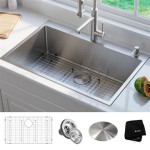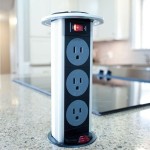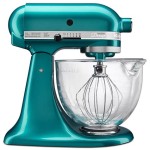How To Backsplash In Kitchen
Adding a backsplash to your kitchen is a great way to add style and protection to your walls. While it may seem like a daunting task, it's actually quite simple to do yourself with a little planning and preparation. Here are the steps on how to backsplash in kitchen:
1. Choose Your Material
There are a variety of materials that can be used for a backsplash, each with its own advantages and disadvantages. Here are a few of the most popular options:
- Ceramic tile is a classic choice for backsplashes, and it's available in a wide variety of colors, shapes, and sizes. It's also relatively easy to install and maintain.
- Glass tile is another popular option, and it can give your kitchen a more modern look. Glass tile is also easy to clean, but it can be more expensive than ceramic tile.
- Stone tile is a durable and elegant choice for backsplashes, and it can add a touch of luxury to your kitchen. However, stone tile can be more difficult to install and maintain than other materials.
- Metal tile is a unique and stylish choice for backsplashes, and it can add a touch of industrial flair to your kitchen. However, metal tile can be more expensive than other materials, and it can be more difficult to keep clean.
- Plastic laminate is a budget-friendly option for backsplashes, and it's available in a variety of colors and patterns. However, plastic laminate can be less durable than other materials, and it can be more difficult to clean.
2. Prepare Your Wall
Before you start installing your backsplash, you need to prepare your wall. This involves cleaning the wall and removing any grease or dirt. You may also need to repair any holes or cracks in the wall.
3. Apply Adhesive
Once your wall is prepared, you can start applying adhesive to the back of your backsplash tiles. Be sure to use the correct type of adhesive for your chosen material.
4. Install Your Tiles
Starting at the bottom of your wall, begin installing your tiles one at a time. Be sure to press each tile firmly into place and align it with the adjacent tiles.
5. Grout Your Tiles
Once your tiles are installed, you need to grout them. Grout is a thin mortar that is used to fill the gaps between tiles and seal them in place. Be sure to use the correct type of grout for your chosen material.
6. Clean Your Backsplash
Once your grout has dried, you can clean your backsplash. Use a mild cleaner and a soft cloth to wipe down the tiles and remove any excess grout.
7. Enjoy Your New Backsplash
Congratulations! You have now successfully installed a backsplash in your kitchen. Enjoy your new and improved kitchen!

7 Clever Kitchen Backsplash On A Budget Ideas For Your Home

How To Tile A Kitchen Backsplash Tiling Advice

7 Diy Kitchen Backsplash Ideas That Are Easy And Inexpensive Epicurious

Do It Yourself How To Install A Kitchen Backsplash

60 Gorgeous Kitchen Backsplash Ideas For Every Home S Style
:max_bytes(150000):strip_icc()/1.102216971w-3cfce240962c441fbc9d5816e93cb70b.jpg?strip=all)
15 Kitchen Backsplash Ideas

9 Kitchen Backsplash Ideas To Inspire Your Next Remodel Video

7 Designer Tips To Choosing A Backsplash Kitchen Wall Tile

Solid Slab Or Tile Backsplash Which Design Will Look Best In Your Kitchen

Kitchen Backsplashes What Are They Do You Need Them








